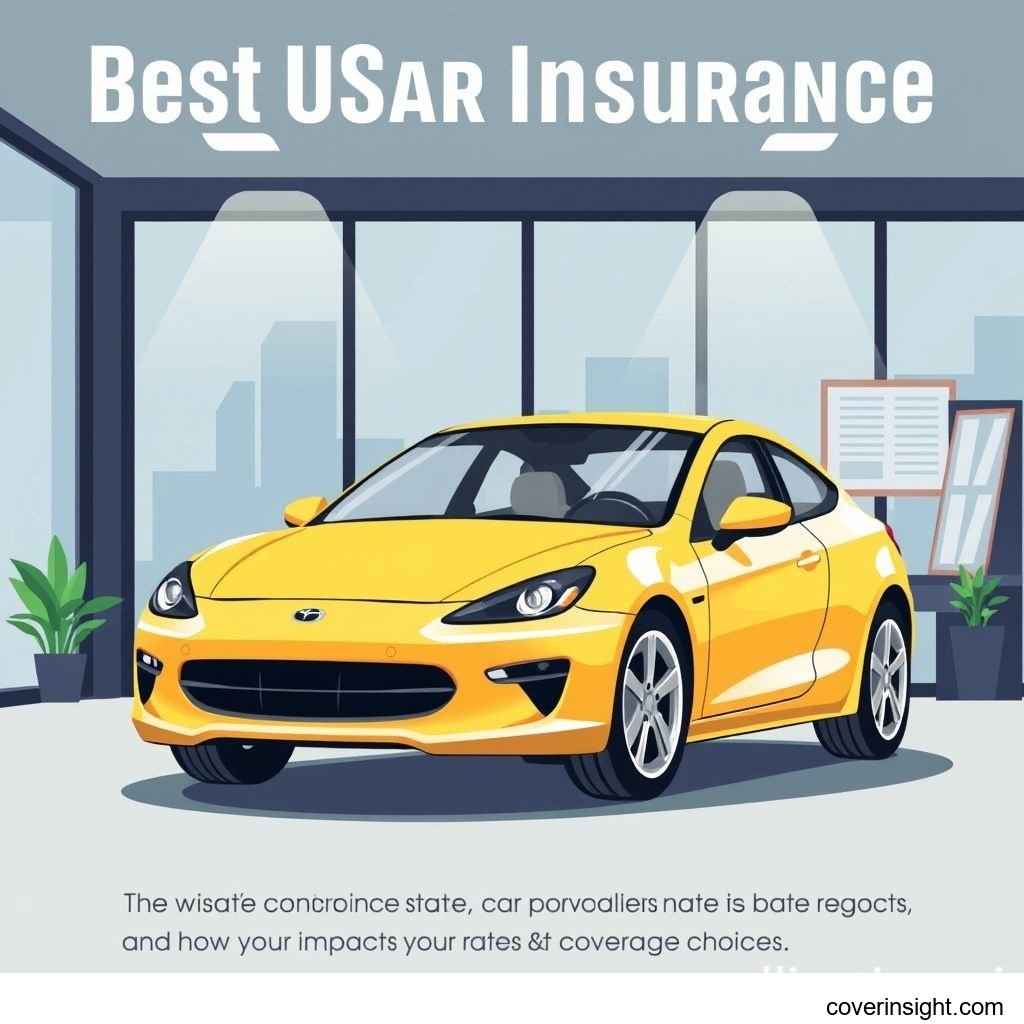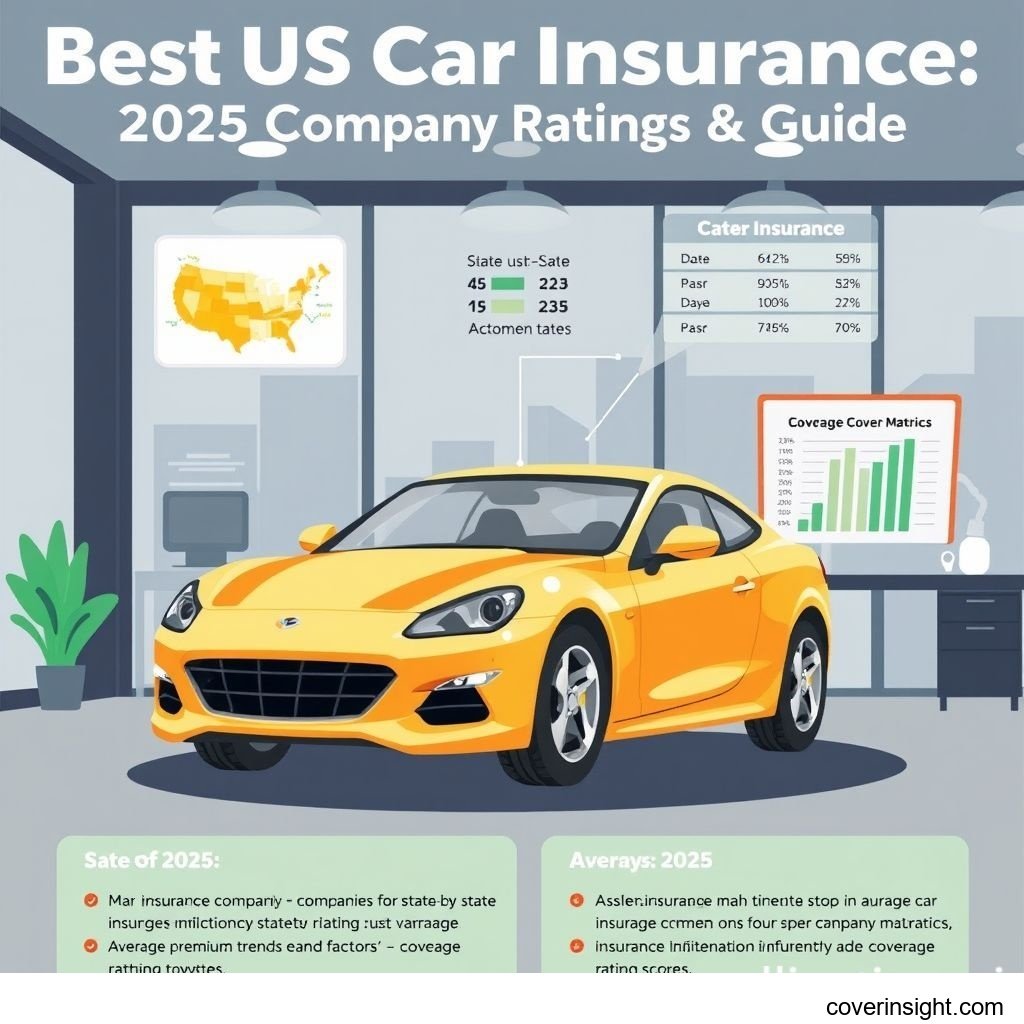Introduction
As we approach 2025, navigating the complexities of the US car insurance market can feel like deciphering a cryptic code. For many, understanding what's available through state insurance market guides is crucial, especially with shifting regulations and evolving coverage options. These guides, often provided by state departments of insurance, serve as invaluable resources, helping consumers make informed decisions about protecting their vehicles and financial well-being. Finding the best policy isn't just about ticking a box; it's about securing peace of mind and ensuring you're adequately covered should the unexpected occur.
Coverage Details
Understanding what your car insurance policy truly covers, and what it doesn't, is paramount. It’s like knowing the rules of the road before you even put the car in drive.
What’s Included
Most standard US car insurance policies include several core components. Liability coverage is fundamental, typically split into bodily injury liability (covering medical expenses and lost wages for others if you're at fault in an accident) and property damage liability (covering repairs to another person's car or property). Many states mandate minimum liability limits, but experts often recommend carrying more.
Collision coverage helps pay for damage to your own vehicle resulting from a collision with another car or object, regardless of who is at fault. Think of it as your car's personal bodyguard. Comprehensive coverage, on the other hand, steps in for non-collision incidents like theft, vandalism, fire, natural disasters (hail, floods), or hitting an animal. If you’re ever wondering about the broader landscape of protections, you can find more information through general [Insurance Resources Global].
Beyond these, you might find uninsured/underinsured motorist (UM/UIM) coverage, which protects you if you're hit by a driver who has no insurance or not enough to cover your damages. Medical payments (MedPay) or personal injury protection (PIP) can cover medical expenses for you and your passengers, regardless of fault, a real lifesaver in states with "no-fault" laws. Additional options often include roadside assistance, rental car reimbursement, and gap insurance for financed vehicles.
Common Exclusions
While policies aim to cover a broad spectrum, there are common exclusions to be aware of. For instance, most personal car insurance policies won't cover your vehicle if it's used for commercial purposes (e.g., ride-sharing like Uber or Lyft, or delivering goods), unless you've specifically added a commercial endorsement. Damage resulting from intentional acts, racing, or driving under the influence are almost always excluded. Similarly, routine maintenance or wear and tear on your vehicle isn't covered. It’s always wise to read the fine print; if you don't, you might find yourself in a bind when you least expect it.
Cost Analysis
The cost of car insurance is far from a one-size-fits-all number. It's a complex equation with many variables.
Price Factors
Your premium is determined by a multitude of factors, some within your control, others less so. Your driving record is a major player – a clean record with no accidents or traffic violations often translates to lower rates. Age and gender also play a role, with younger, less experienced drivers typically facing higher premiums.
The type of vehicle you drive significantly impacts costs; expensive sports cars or vehicles with high theft rates tend to cost more to insure. Where you live matters too: urban areas with higher accident rates, theft, or natural disaster risks (like coastal Florida or areas prone to wildfires in California) often see higher premiums. For example, according to data from the National Association of Insurance Commissioners (NAIC), states like Michigan and Louisiana consistently rank among the most expensive for car insurance due to a combination of factors including no-fault laws and higher rates of uninsured drivers. Your credit score can also influence rates in many states, as insurers often use it as a predictor of risk. Lastly, the coverage limits and deductibles you choose directly impact your premium – higher deductibles generally mean lower premiums, but require you to pay more out-of-pocket if you file a claim.
Saving Tips
Want to keep more cash in your wallet? There are plenty of ways to trim down those insurance bills. Firstly, shop around and compare quotes from multiple insurers. Don't just stick with the first one you find; prices can vary wildly for the same coverage. Many reputable insurers offer discounts for a variety of reasons: multi-policy bundles (e.g., bundling car and home insurance, which you can often explore via resources like [US Insurance Home]), good student discounts, safe driver discounts, low mileage discounts, and even discounts for certain safety features in your car. Increasing your deductible can lower your premium, but ensure you can comfortably afford that higher out-of-pocket expense if a claim arises. Maintaining a good credit score (where allowed by state law) can also lead to better rates. Finally, consider dropping collision and comprehensive coverage on older vehicles if their market value is less than the cost of the premiums over time.
FAQs
How much does state insurance market guides cost?
Typically, state insurance market guides themselves are free resources provided by your state's Department of Insurance. Their aim is to educate consumers, not to profit from them. You can usually access them online through your respective [State Insurance Departments] website.
What affects premiums?
Premiums are influenced by a wide array of factors including your driving history (accidents, violations), the type of vehicle you drive, your age, location, credit score (in most states), the amount of coverage and deductibles you select, and even the specific insurer's pricing model. It's truly a mixed bag of variables.
Is it mandatory?
In almost every US state, car insurance is mandatory, with the exception of New Hampshire, which requires proof of financial responsibility but not insurance specifically. Most states require at least minimum liability coverage to legally drive. Driving without insurance can lead to hefty fines, license suspension, and even vehicle impoundment.
How to choose?
Choosing the right car insurance involves balancing cost with adequate coverage. Start by assessing your needs: What’s your car worth? How much financial risk can you afford? Then, compare quotes from several insurers, looking at not just the price but also their customer service ratings and claims handling reputation. Don't be afraid to ask questions and utilize the resources provided by your state's insurance department.
Consequences of no coverage?
The consequences of driving without car insurance can be severe. If caught, you could face significant fines, points on your driving record, suspension of your driver's license and vehicle registration, and even jail time in some states. More importantly, if you're involved in an accident and are at fault, you would be personally responsible for all damages and medical bills for the other parties, which could easily amount to hundreds of thousands of dollars, potentially leading to financial ruin. Consider the case of a young driver in Texas, "Sarah," who, trying to save a few dollars, let her insurance lapse. When she caused a minor fender bender, the other driver's repair costs and a small medical bill for whiplash quickly added up to over $15,000. Without insurance, Sarah was personally liable, forcing her into a payment plan that severely impacted her finances for years. It's a gamble that almost never pays off.
Author Insight & Experience
As someone who's navigated the maze of US car insurance across different states, from the bustling urban sprawl of California to the more relaxed pace of the Midwest, one truth stands out: the cheapest option isn't always the best. I've personally seen how a few extra dollars spent on higher liability limits or comprehensive coverage can be a literal lifesaver when an unexpected event, like a hailstorm or an uninsured motorist, strikes. It's not just about compliance; it's about protecting your financial future from life's unexpected curveballs. Do your homework, ask the tough questions, and remember that peace of mind is truly priceless.







Comments